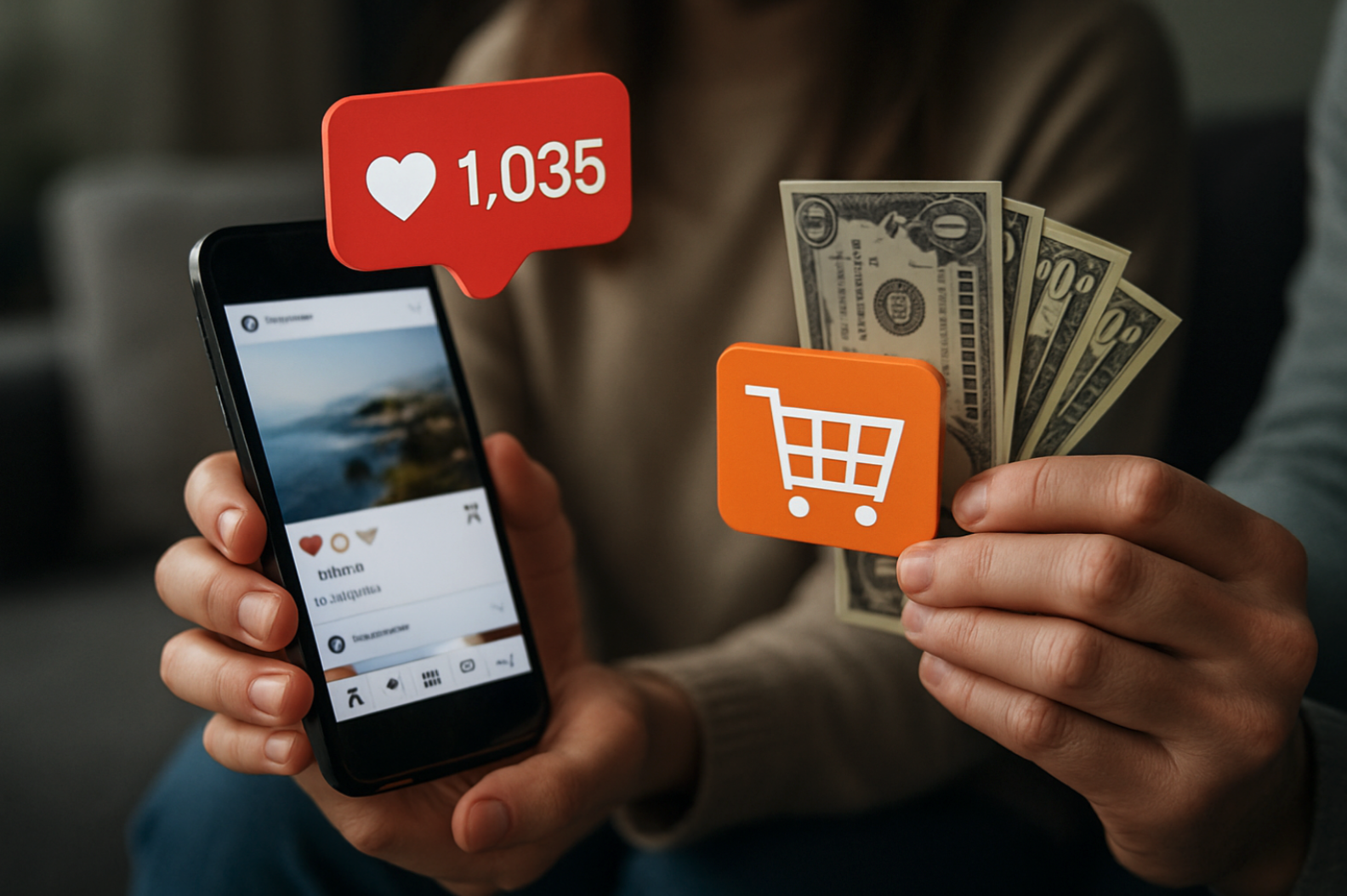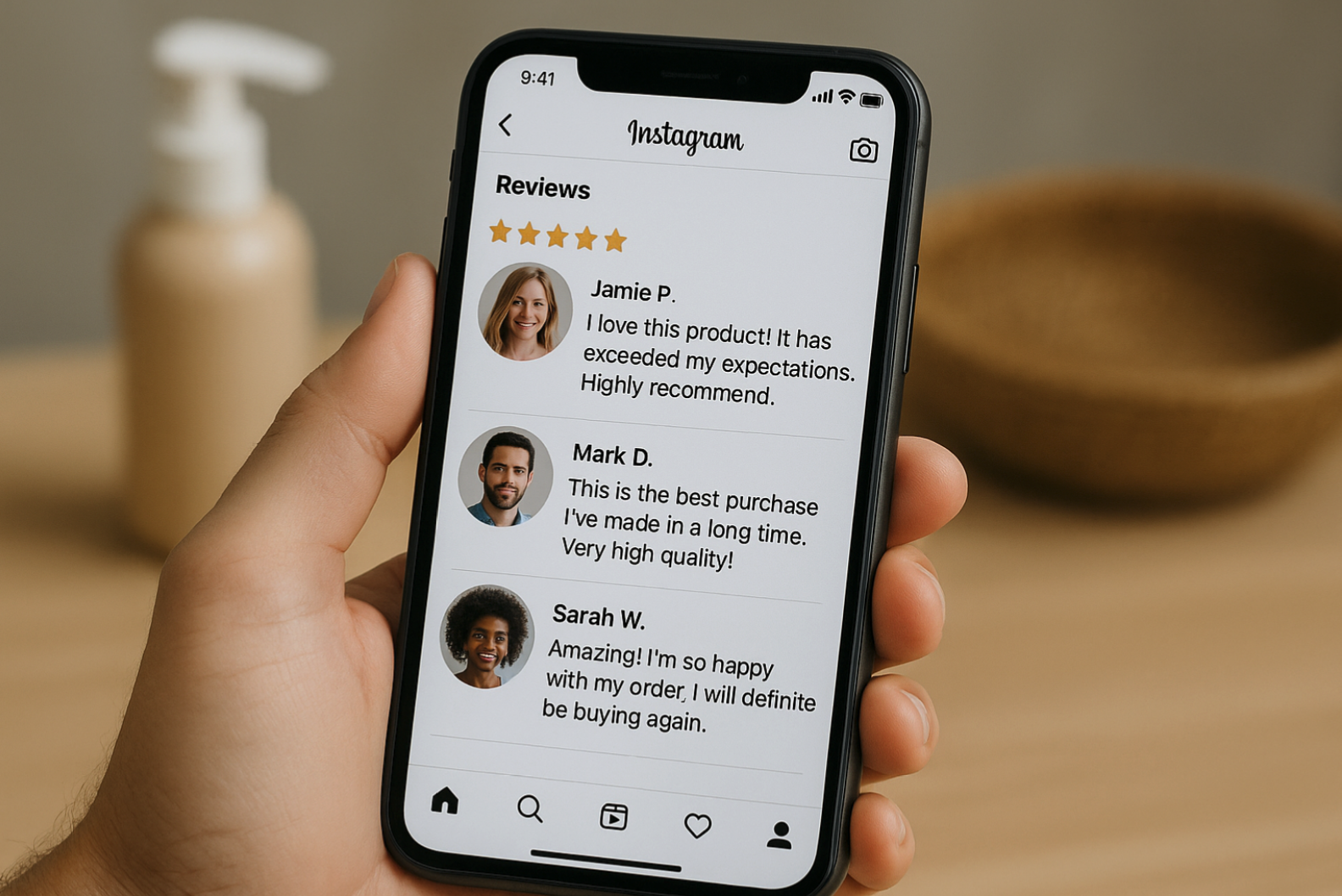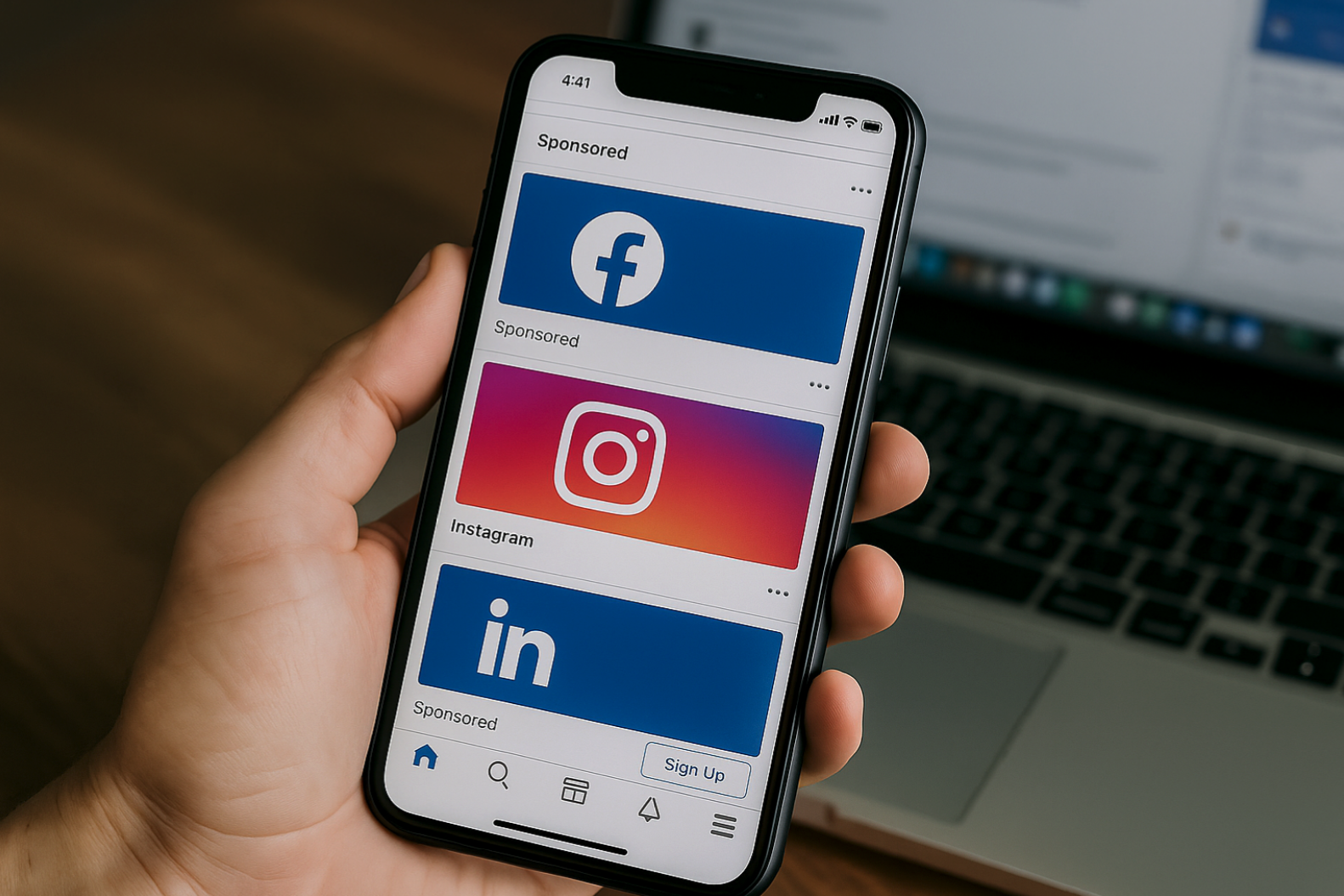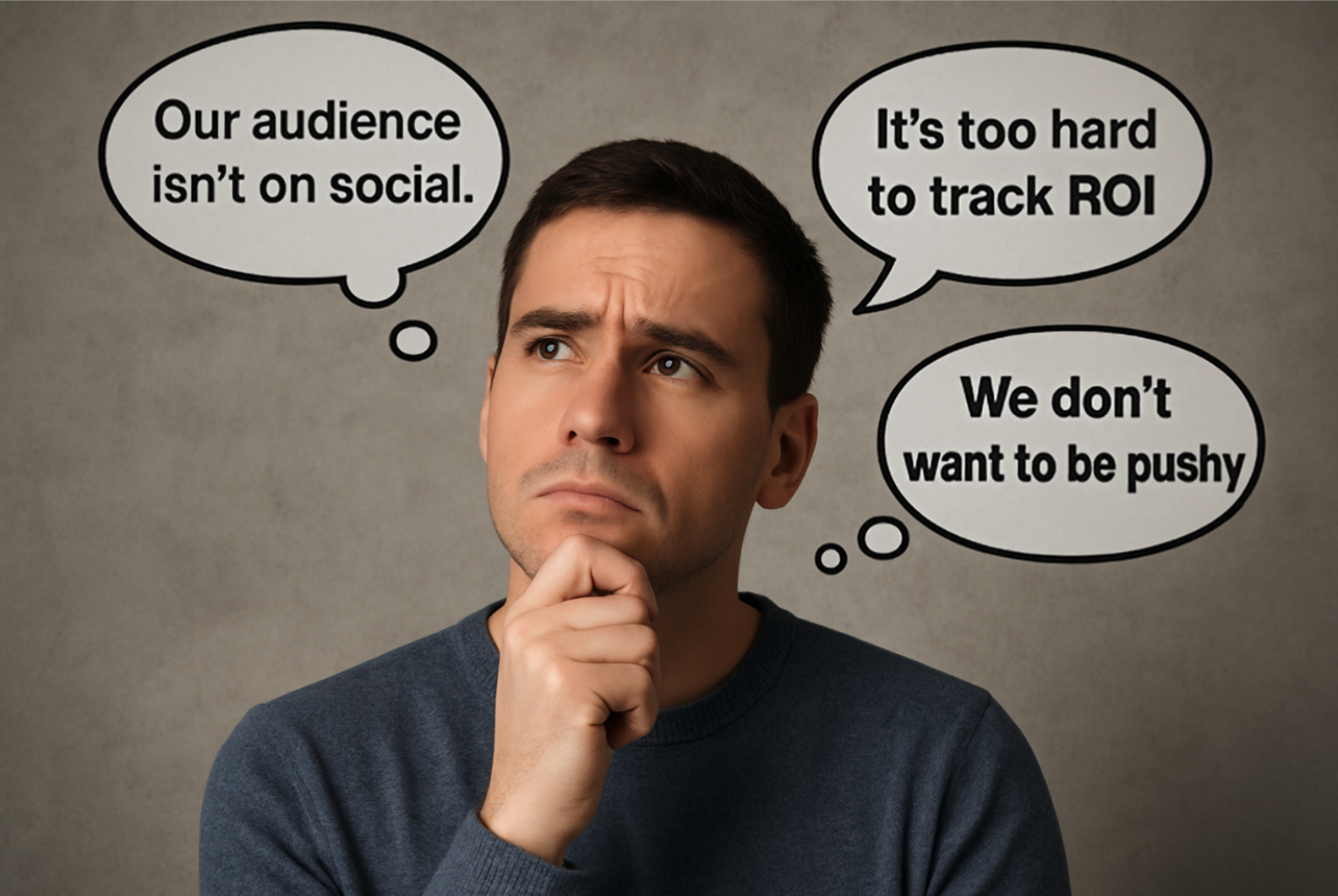
Scroll through your favorite social platform, and you’ll notice something interesting: some brands feel alive. They’re answering questions, sharing real stories, and even making it ridiculously easy for you to buy right there in the feed. Others? They’re posting as if they’re shouting into the void, hoping someone will notice.
That difference comes down to mindset. Brands that embrace social media marketing as a true sales driver aren’t just curating pretty grids or posting clever captions. They’re using social media as a direct, measurable path to revenue and, in doing so, they’re quietly leaving less-savvy competitors behind.
The Hidden Risk of Brand-Only Social Media
Many businesses see social media as a brand-awareness tool, not a sales channel. They post regularly, keep the visuals polished, and maybe share an occasional promo, but they stop there.
Here’s the problem: social platforms are designed to keep users engaged, not to send them away to your website. That means if you’re not actively selling or guiding prospects through your sales funnel within the platform itself, you’re missing the game entirely.
Why Engagement Alone Won’t Pay the Bills

Likes and comments are great for the ego, but they don’t pay salaries. A post with 1,000 likes but zero leads has no impact on your bottom line. High engagement should be a sign to start converting interest into action, whether that’s encouraging DMs for quotes, using shoppable posts, or pushing exclusive offers directly on the platform.
The real win happens when engagement and conversion work hand in hand. A lively community that never buys is just a distraction from real growth.
Turning Social Data into Sales Gold
Every social platform is a treasure chest of customer insights. From audience demographics to purchase intent signals, your data is screaming, “Here’s how to sell to me!” Yet many businesses barely scratch the surface.
When companies like PixelCrayons, WebFX, or Ignite Visibility run social campaigns, they don’t just track impressions and engagement. They analyze click-through rates, audience behavior, and ad recall, then adjust strategies in real-time. That’s how social becomes a predictable revenue stream instead of a gamble.
Why Social Proof Works?

Here’s a truth bomb: people trust other people more than they trust your brand. That’s why reviews, testimonials, and user-generated content are the gold standard in social selling. When your prospects see real customers raving about your product in their own words, the barrier to purchase shrinks dramatically.
Smart companies don’t just stash testimonials on their websites. They share them across social channels, in Stories, Reels, and even as part of paid campaigns.
From Conversation to Conversion
The fastest way to turn social into a sales channel is to talk to your audience. That means replying to comments quickly, jumping into relevant discussions, and encouraging people to DM you for more info.
Businesses that win on social don’t wait for leads to “find their website.” They guide the conversation right where the customer already is. If someone comments on your post about pricing or features, that’s not just engagement; that’s an open door to close a sale.
Paid Social: Your Secret Weapon

Organic reach is shrinking, and paid social ads are the bridge between awareness and conversion. The good news? Platforms like Facebook, Instagram, and LinkedIn have insanely precise targeting options. You can reach people based on interests, behavior, or even recent purchase activity.
The brands using paid ads effectively see them as accelerators, not crutches, tools to amplify great content and deliver it to the right eyes at the right time.
Building a Social Sales Funnel
If you’re treating social as a sales channel, you need a strategy that moves people from discovery to purchase seamlessly. That means creating content for each stage of the funnel:
- Awareness: Educational posts, trending topics, or behind-the-scenes videos.
- Consideration: Case studies, product demos, or side-by-side comparisons.
- Decision: Exclusive offers, testimonials, and shoppable posts.
This isn’t about being everywhere at once; it’s about leading customers through a clear journey until purchase becomes the natural next step.
Common Excuses That Cost You Sales

You might hear (or say) things like:
- “Our audience isn’t on social.” If your customers are human, they are.
- “It’s too hard to track ROI.” With the right tracking tools, it’s easier than ever.
- “We don’t want to be pushy.” Selling is serving if you’re solving real problems.
The truth is, these excuses are just comfort zones in disguise.
Wrapping It Up: Social Is the New Sales Floor
The line between marketing and selling is blurrier than ever, and social media sits right at the intersection. Treating it as “just for brand awareness” is like renting a storefront and refusing to let customers buy anything.
When you start treating social as a sales engine, you stop chasing likes and start chasing real results, and that’s when the magic happens.
Share this post
Leave a comment
All comments are moderated. Spammy and bot submitted comments are deleted. Please submit the comments that are helpful to others, and we'll approve your comments. A comment that includes outbound link will only be approved if the content is relevant to the topic, and has some value to our readers.

Comments (0)
No comment